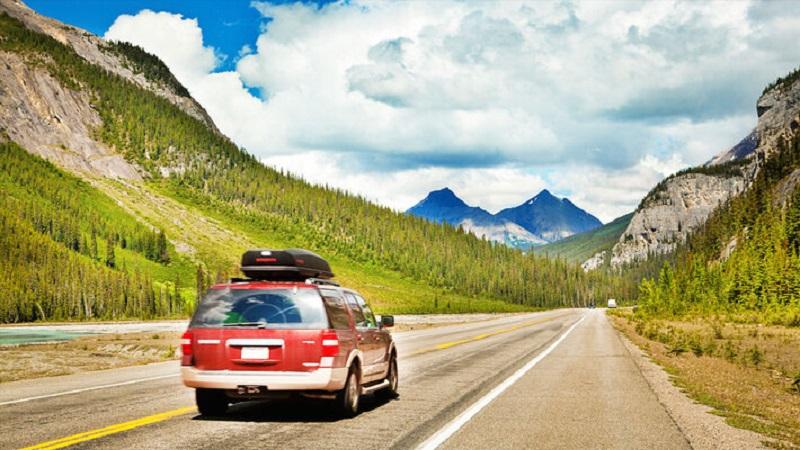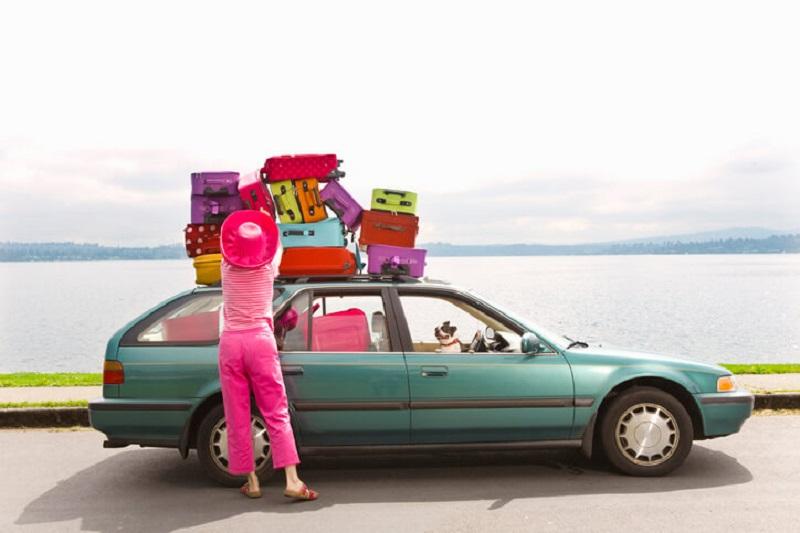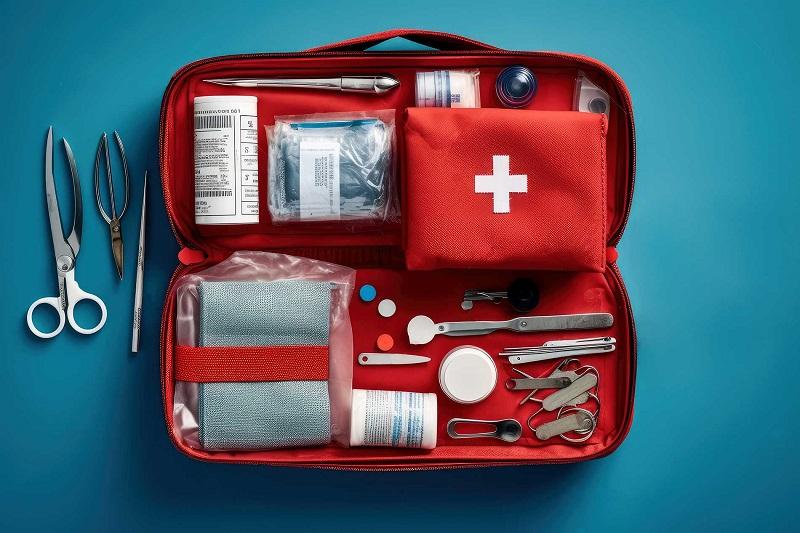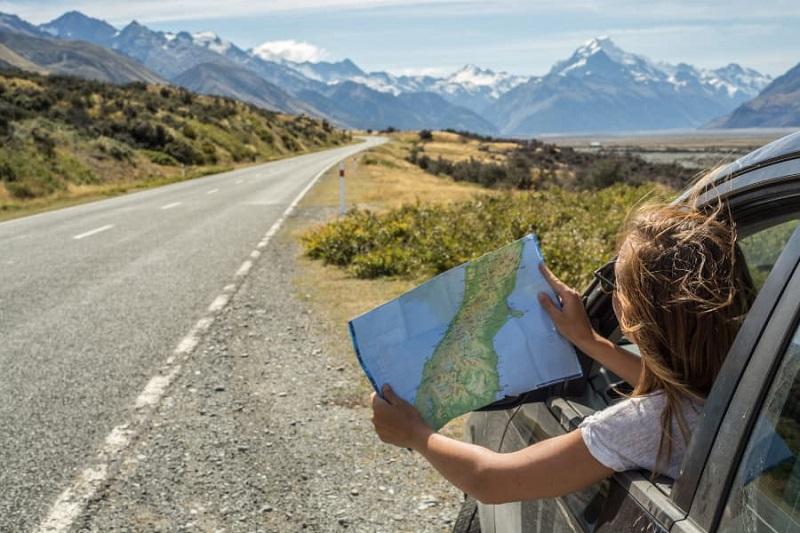Road trips are a classic way to explore new destinations, bond with family or friends and make unforgettable memories. Whether you’re an experienced road warrior or a first-time traveler, planning a road trip can be both exciting and overwhelming.
In this article, I’ll guide you through the best way of planning your ultimate road trip step-by-step, from choosing your route and destinations to preparing for emergencies on the road.
We’ll dive into tips for creating the perfect route, packing essentials and ensuring your journey is not only enjoyable but also safe. So, buckle up and get ready to plan your road trip from start to finish.
Budget
Road trips if not planned for ahead of time can prove to be costly in terms of expenses. Your budget plays a significant role in determining the experience on your road trip. Longer trips typically require more money for fuel, accommodations, food, and activities. Consider how much you’re willing to spend and plan your journey accordingly.
Destination and Route

Choosing a route is the foundation of your journey, and getting it right can make all the difference. Start by outlining the places you want to visit and the route you’ll take to get there. Even if you are aiming for a casual drive with frequent stops along the way, it’s important to have a specific destination in mind.
The number of stops and the distance between them will significantly impact the length of your trip. Cut on gas costs and other miscellaneous expenses to have a good road trip.
Pick Fun Stop Points and Must-see Attractions
Now that you’ve outlined your main route, it’s time for the exciting part, finding interesting stops along the way. Begin by searching for National Parks, State Parks, and destinations on your bucket list that are located along your route.
Then, explore additional locations by reading blogs and browsing platforms like Pinterest and Instagram. As you identify places of interest, make a note of your top three priorities. These will serve as your main stopping points and help you build a loose schedule for the rest of your trip.
Schedule
After you have a general idea of where you are going, it’s time to add more details to your road trip schedule. First things first, plan for the unexpected. Leave a little room in your schedule to account for flat tires, unplanned roadside attractions, and those inevitable bathroom breaks.
Next, set reasonable daily driving limits based on your preferences and travel style. Some folks drive for hours without stopping, while others prefer shorter drives with more frequent breaks. Allow for extra time in your schedule to accommodate these unplanned moments without feeling rushed.
Booking Accommodations

Booking accommodations ahead of time is very key when planning a road trip. Book your nights at your main destination ahead of time to avoid disappointments on your road trip. Also, consider the type of accommodation that best suits your needs and preferences. Pick a hotel, motel, and vacation rental based on your desired level of comfort and budget.
Check Your Vehicle
Checking your car can save you a lot of headaches while preparing for a road trip. Being stranded on the roadside with a flat tire or a dead battery, especially when traveling with your friends or family is the last thing you want.
Start by checking your brake lights, headlights, and taillights to avoid being caught out with a burnt-out bulb, especially when driving at night. Inspect your tires for signs of wear and tear, ensuring they’re properly inflated and that you have a spare tire. These small checks can make a big difference in ensuring a smooth and trouble-free road trip.
Packing for your trip

The bane of every traveler’s existence. Do you really need five pairs of shoes? Probably not. But who knows when you’ll stumble upon a spontaneous salsa dancing competition in the desert? Pack light, but pack smart.
Snacks and entertainment are essentials when planning for the perfect road trip. Don’t forget the ultimate road trip playlist because no journey is complete without the right music.
Stay Organised while on the Road
Packing for a road trip requires a different approach than packing for a short car ride or airplane travel. With hours or even days spent in the car, it’s important to have your entertainment and snack options well-prepared.
Using bins, backpacks and other organizational tools can help keep everything tidy and easily accessible. This not only ensures that everything has its place but also helps keep your car clutter-free and more comfortable for everyone onboard. Keep a list of nearby hotels, campgrounds or other lodging options just in case you encounter unexpected delays or changes to your journey.
First Aid Kit and Medication

A lot can happen while on the road. So, preparing for worst-case scenarios should be up your sleeve. Begin by getting a basic first aid kit in your car. It’s indispensable for treating scrapes, bug bites, and other minor injuries, so always ensure it’s stocked with essentials, along with any necessary medications.
The first aid kit should include bandages, antiseptic wipes, over-the-counter medications, and gauze. Also, carry any prescription medications to keep your health in check. This simple preparation has proven invaluable during road trips.
Roadside Emergency Kit
When it comes to a roadside emergency kit, you can purchase a complete kit or assemble your own. Essential items include a flashlight with extra batteries, jumper cables, tire gauge, tire repair kit, and a multi-purpose tool or pocket knife. Additionally, include reflective warning triangles or flares.
For winter road trips with potential snow pack chains, a folding snow shovel to save space, traction boards, windshield washer fluid with de-icer, and an ice scraper. Don’t forget extra layers like blankets, sleeping bags, gloves, coats, warm socks, and snow boots to stay safe and comfortable in cold weather emergencies.
The Journey is the Destination
And there you have it, a crash course in planning the ultimate road trip adventure. From destination dilemmas to car problems, every step of the journey is part of the experience. So buckle up, roll down the windows, and let the open road be your guide.



